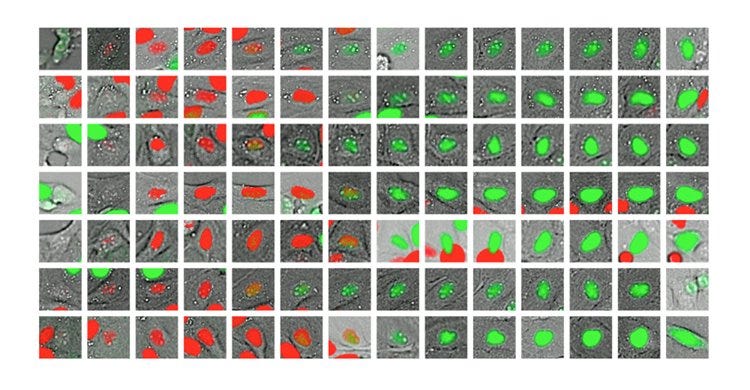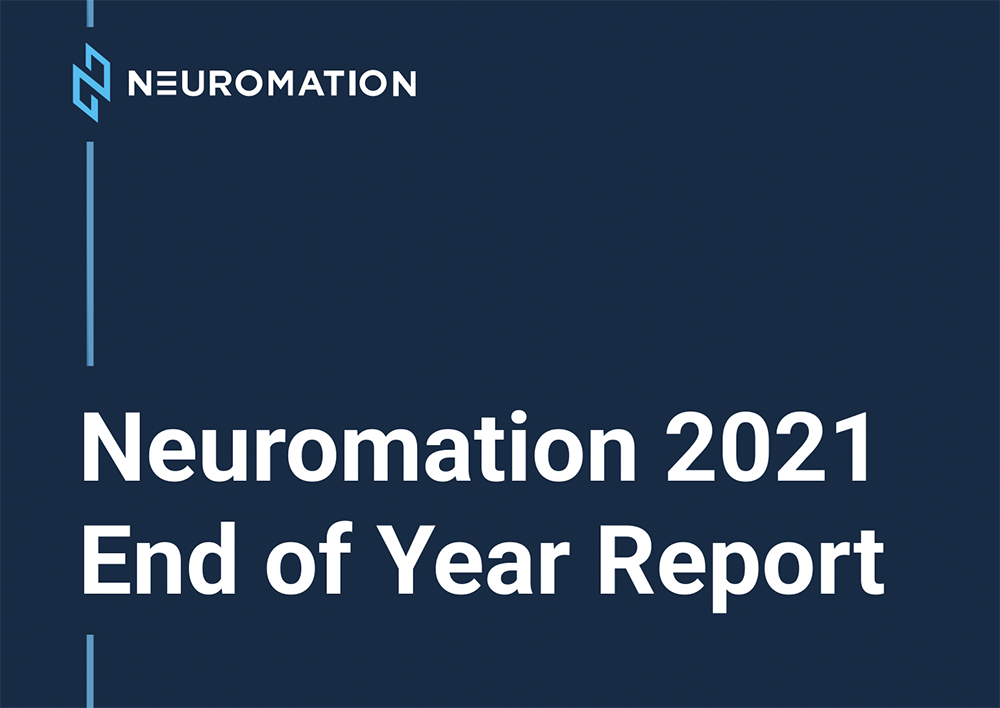
An important new technology for medical research has been developed on the Neu.ro Platform in coordination with the European Molecular Biology Laboratory (EMBL).
EMBL led collaboration with scientists around the world to create DeepCycle — an AI-driven system with potential applications in cancer research.
EMBL worked with global AI researchers including Neuromation Chief Research Officer, Sergey Nikolenko, and Senior AI Researcher, Alexander Rakhlin, to develop DeepCycle, an AI-driven technology that models the lifecycle of cells — how they grow and divide. Using approximately 2.6 million microscopy images of canine kidney cells, the novel deep learning model is able to reconstruct complex biological phenomena based solely on visual data. Theodore Alexandrov, Team Leader at EMBL says: “It was my pleasure working with Alexander Rakhlin and Sergey Nikolenko, true deep learning experts who made it work.”
Sergey Nikolenko says: “This has been a large and very interesting project on a state of the art topic in bioinformatics: analysis of the cell cycle based on microscopy images. It has been a multidisciplinary effort, but from the AI/ML side, for the first time ever, we have been able to develop distributed representations of cell images that actually have a closed cell cycle progression in time. These representations can be used to identify the “cell clock”, i.e., current “age” of a cell, which may have important implications across the medical field.”
This method can be applied to other types of cells, potentially benefiting scientists studying the development of cancer cells.
The DeepCycle method was developed using the Neu.ro MLOps Platform. Neu.ro managed the entire ML model lifecycle, including experiment tracking, hyperparameter tuning, remote debugging, distributed training and model deployment and monitoring. With Neu.ro, researchers were able to optimize infrastructure costs, streamline infrastructure management and accelerate the development and deployment of this important new technology.





